It can be very confusing when hearing all sort of different terminologies used for the Caribbean region! Time to sort out and make it a bit easier to understand!
The Caribbean region basically consists of 3 regions within the Caribbean Sea. Situated largely on the Caribbean Plate, the region has more than 700 islands, islets, reefs and cays. The 3 regions are:
- Lucayan Archipelago
- The Greater Antilles
- The Lesser Antilles
These 3 regions together are called the ‘West Indies’.
The Greater and the Lesser Antilles together compose ‘the Antilles’. Or ‘the Caribbean’ in its narrowest definition.
The Lesser Antilles again are divided into the Leeward and Windward islands and the Leeward ANTILLES.
The term Antilles dates traditionally from before Europeans reached the New World when Antilia referred to semi-mythical lands located somewhere west of Europe across the Atlantic. On medieval charts, it was sometimes indicated as a continent or large island and sometimes as an archipelago. After ‘discovery’ of the West Indies by Christopher Columbus, the Spanish term Antillas was commonly assigned to the new lands, and “Sea of the Antilles” in various European languages is used as an alternate designation for the Caribbean Sea.
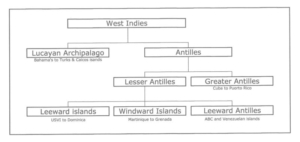
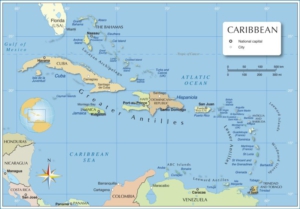
The Caribbean islands are made up of sovereign states, overseas dependencies and overseas departments. The Caribbean was named after the people who inhabited the islands prior to European arrival – The Caribs. Once the Spanish arrived the population of the Caribs began to decrease. Today the islands in the Caribbean are owned by several countries including the UK, the United States, France and The Netherlands.
THE ISLANDS WITHIN THE REGIONS:
The Lucayan Archipelago
The Commonwealth of The Bahamas and the British Overseas Territory of the Turks and Caicos Islands.
The Greater Antilles
Cuba, Jamaica, Puerto Rico, Haiti and Dominican Republic (together are called Hispaniola), and the Cayman Islands.
The Lesser Antilles includes the islands of the USVI’s to Grenada.
The Lesser Antilles again contains the northerly Leeward Islands and the southeasterly Windward Islands.
The name of the Leeward and Windward island groups dates from previous centuries when sailing ships were the sole form of transportation across the Atlantic Ocean. In sailing terminology, “windward” means towards the source of the wind, while “leeward” is the opposite direction. In the West Indies, the prevailing winds, known as the trade winds, blow out of the northeast. Therefore, an island to the northwest, such as Puerto Rico, would typically be leeward of an island to the southeast, such as Antigua, and conversely, Antigua would typically be windward of Puerto Rico, but leeward of Guadeloupe and Martinique.
The early Spanish colonizers called Puerto Rico and the islands to the west Sotavento, meaning ‘Leeward islands’. The islands to the south and east of Puerto Rico were then called Islas de Barlovento, meaning ‘Windward islands’. When the British gained control of many of the Lesser Antilles, they designated Antigua, Montserrat and the islands to the north as the ‘Leeward Islands’. Guadeloupe and the islands to the south were designated as the ‘Windward Islands.
Now all islands North of Martinique are known as the Leeward Islands. All islands to the South of Martinique are called the Windward Islands.
There is something strange in languages and the interpretation of words! In modern usage in languages other than English, notably, Spanish, French and Dutch, all of the Lesser Antilles from the Virgin Islands to Trinidad and Tobago are known as the Windward Islands (Îles du Vent in French, Bovenwindse Eilanden in Dutch and Islas de Barlovento in Spanish). The islands along the Venezuelan coast, known in English as the Leeward Antilles, in languages other than English are known as the Leeward Islands.
The Leeward Islands
From the northwest to the southeast, the islands are: Puerto Rican Virgin Islands: Vieques, Culebra (USA), U.S. Virgin Islands: St. Thomas, St. John, St. Croix, Water Island (USA), British Virgin Islands: Jost Van Dyke, Tortola, Virgin Gorda, Anegada (UK), Anguilla (UK), Saint Martin/Sint Maarten (France/Netherlands) Saint-Barthélemy (France), Saba (Netherlands), Sint Eustatius (Netherlands), Saint Kitts (Commonwealth with Nevis), Nevis (Commonwealth with St. Kitts), Barbuda (Commonwealth with Antigua), Antigua (Commonwealth with Barbuda), Redonda (uninhabited part of Antigua & Barbuda), Montserrat (UK), Guadeloupe (France, overseas Department), La Désirade (‘The Desired’, also called La Deseada. Dependency of Guadeloupe, France), Îles des Saintes (dependency of Guadeloupe, France), Marie-Galante (dependency of Guadeloupe, France), Dominica.
Though the islands of Trinidad and Tobago geologically are an extension of the South American mainland, they are often considered to constitute the southern end of the Windward group. Similarly, Barbados (east of Saint Vincent and the Grenadines) is not physiographically part of the chain but is usually grouped with the Windward Islands. Dominica was formerly administered by the British government as part of the Leeward Islands, rather than the Windwards.
The Windward Islands
From North to South: Martinique (France), St. Lucia (UK), St. Vincent and the Grenadines (sovereign State), Carriacou and Grenada, Barbados and Trinidad and Tobago.
The Grenadines consists of 32 small islands of which some are inhabited: Young Island, Bequia, Mustique, Canouan, Union Island, Mayreau, Petit St Vincent and Palm Island while other well-known islands are not: Tobago Cays, Petit Saint Vincent, Baliceaux, Bettowia, Quatre, Petite Mustique, Savan and Petit Nevis.
The Leeward Antilles
A chain of islands in the southerly part of the Lesser Antilles (and, in turn, the Antilles and the West Indies). Along the southeastern fringe of the Caribbean Sea, just north of the Venezuelan coast of the South American mainland. The Leeward Antilles, while among the Lesser Antilles, are not to be confused with the Leeward Islands (also of the Lesser Antilles) to the northeast
From west to east:
The ABC islands, all part of the Kingdom of the Netherlands:
Aruba, a constituent country of the Kingdom of the Netherlands
Curaçao, a constituent country of the Kingdom of the Netherlands
Bonaire, a part of the Caribbean Netherlands (public body of the Netherlands)
Federal Dependencies of Venezuela: Los Monjes Archipelago, La Tortuga Island, La Sola Island, Los Testigos Islands, Los Frailes Islands, Patos Island, Los Roques Archipelago, Blanquilla Island, Los Hermanos Archipelago, Orchila Island, Las Aves Archipelago, Aves Island (a part of the Leeward Islands)
State of Nueva Esparta (Venezuela): Margarita Island, Coche, Cubagua


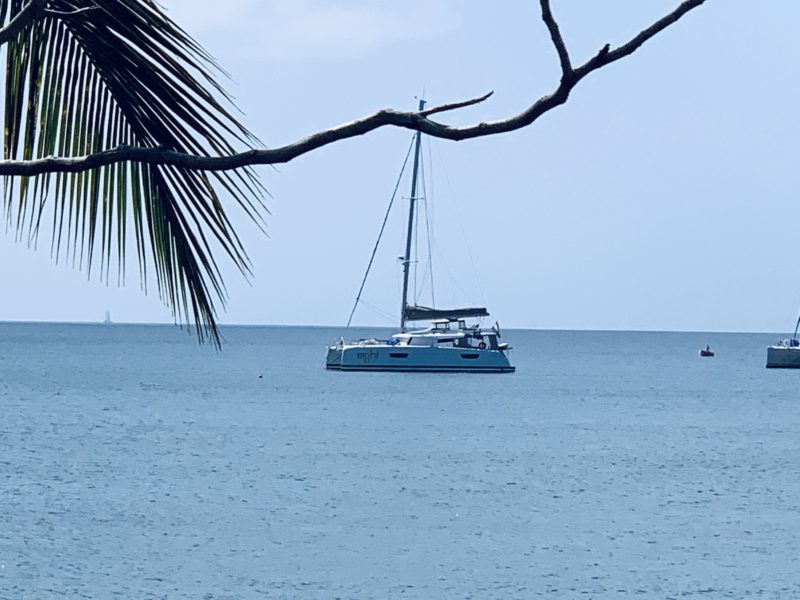
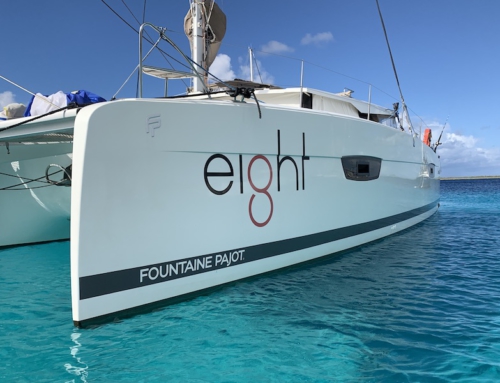
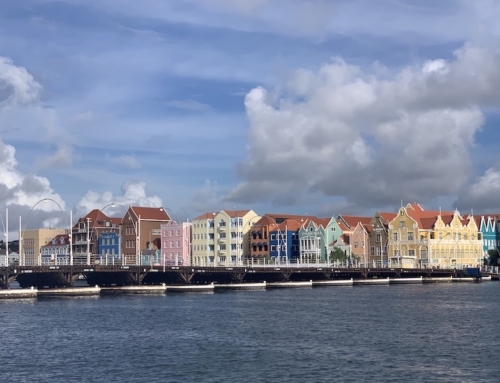
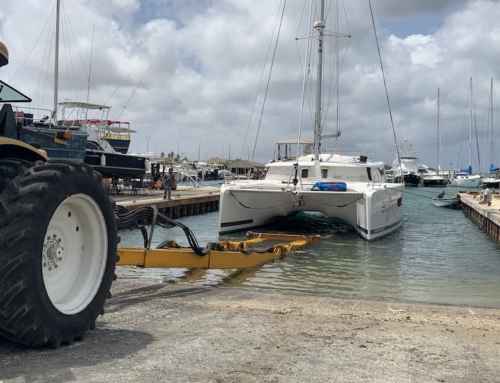
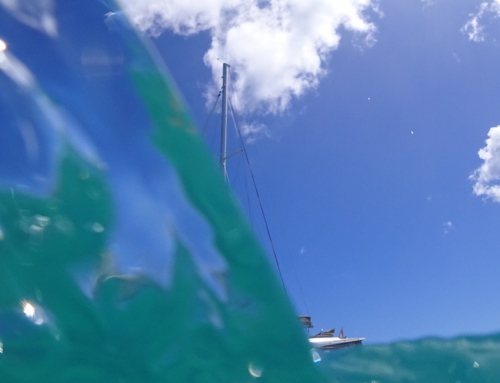
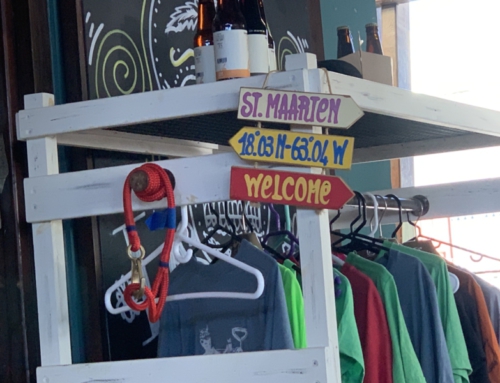
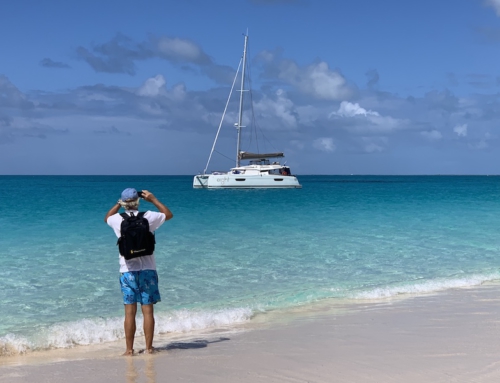
Leave A Comment